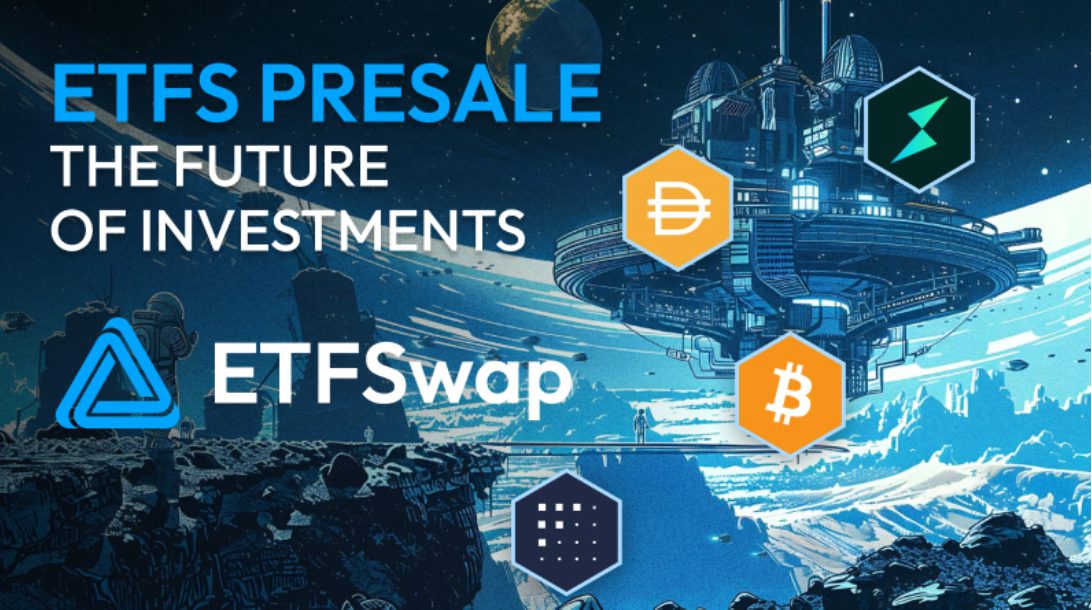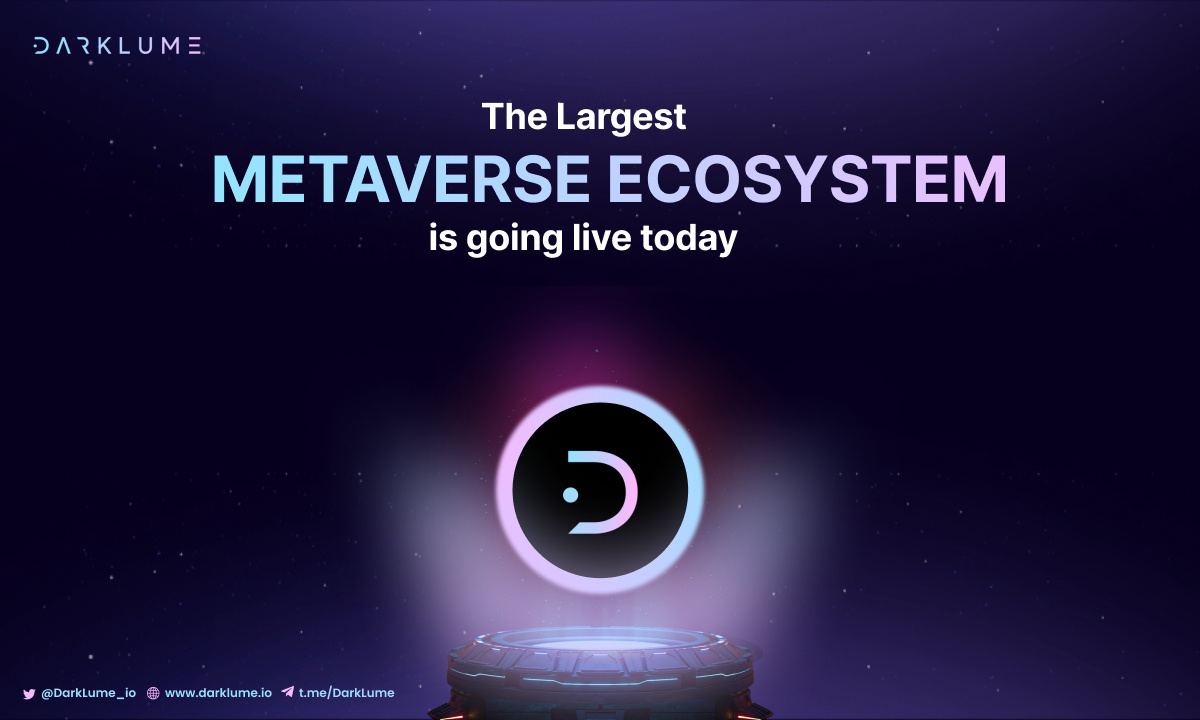Decentralized stablecoins are extremely attractive for DeFi investors
Decentralized stablecoins are extremely attractive for DeFi investors.
The threat posed by stablecoin regulation and the centralization of USDT and USDC makes decentralized stablecoins such as MIM, FRAX and UST attractive to DeFi investors.
Stablecoins have become an integral part of the crypto ecosystem in recent years, as they can give traders a breakthrough in times of volatility, and their widespread integration with DeFi which is of great importance to the entire ecosystem.
Currently, Tether (USDT) and USD Coin (USDC) are the dominant stablecoins in the market, but their centralized nature and the threat of stablecoin regulation have led many investors to turn away and seek stablecoins instead.
Top 9 stablecoins by market capitalization | Source: Messari
Binance USD (BUSD) is the third largest stablecoin and is controlled by the Binance exchange. DAI, the largest decentralized stablecoin, has 38% of supply backed by USDC, which in turn raises questions about its “decentralization”.
The change of investors to decentralized stablecoins is due to the growing market capitalization and the number of integrated DeFi platforms TerraUSD (UST), FRAX (FRAX) and Magic Internet Money (MIM).
Here are some factors that will help any stablecoin grow.
TerraUSD
TerraUSD (UST), a profitable algorithmic stablecoin, is part of the Terra (LUNA) ecosystem and is designed to maintain value in US dollars.
To generate a new UST, users must interact with the Anchor Protocol and burn an equivalent amount of LUNA on the network or lock an equivalent amount of Ether (ETH) as security.
The addition of ether as a form of security really helped push things up for the UST as it allowed some of the value held in ether to enter the terra ecosystem and result in an increase in value.
UST’s growth has resulted in the Terra network outperforming Binance Smart Chain (BSC) on the protocol’s Total Value Locked (TVL), which is currently $ 16.44 billion, according to data from DefiLlama.
Source: DefiLama
Terra has also been adopted by the Curve stablecoin ecosystem, which supports distribution across multiple DeFi protocols and gives UST holders another way to benefit with a 19.5% APY for staking users; their UST on Anchor Protocol.
FRAX
FRAX (FRAX) is the first fractional algorithmic stablecoin developed by Frax Protocol. It is partially backed by collateral and the rest is algorithmically stabilized.
The real story behind the development of FRAX begins with the DeFi community accepting it in many popular projects and voting decentralized autonomous organizations (DAOs) to support it in the ecosystem, their state and their treasury.
FRAX was soon adopted by OlympusDAO’s rebase protocol as a form of security that could be linked to the platform’s native token, OHM. It also became the stablecoin of choice in the recently launched TempleDAO protocol.
On December 22, 2021, FRAX was added to Convex Finance (CVX) and immediately entered the ongoing Curve Wars, in which several major DeFi protocols attempted to amalgamate CVX and Curve (CRV) to gain voting rights on the Curve network and their stablecoin returns.
This week, Curve Wars saw a new entrant after Tokemak members voted to add FRAX and Frax Share (FXS) to their Reaktor token, pledging to “take the war into a new dimension”.
Magical internet money
Magic Internet Money (MIM) is a collateral backed stablecoin issued by the popular DeFi protocol Abracadabra.Money. The difference to this coin is that it is “conjured” in presence when users deposit 16 supported cryptocurrencies into the MIM-enabled “cauldron”.
Of course, there is a limit to the amount that can be borrowed from assets backed on Abracadabra and this is part of the protocol’s efforts to avoid MakerDAO (DAI) problems. In particular, the presence of too many centralized stablecoins and the history of liquidation disasters in volatile market times.
Some popular tokens available for MIM minting collateral include Wrapped Ether (wETH), Ether, Shiba Inu (SHIB), FTX Token (FTT), and Fantom (FTM). According to the Twitter account @MIN_Spell:
“Our first interest-free credit market is live. Offer WETH as security and stamp your MIM or use your ETH!
– 0% interest
– 4% liquidation fee
– LTV 90%
– 0.5% credit fee “.
MIM has also been integrated into Curve Finance’s pools, further highlighting Curve’s important role for stablecoins in the DeFi ecosystem and underscoring the rationale for participating in Curve Wars.
The centralized exchange and cross-platform integration of MIM, including a long list of collateral options, increased the circulating supply to $ 1.933 billion, making it the sixth largest stablecoin by capitalization.
While the value of these decentralized stablecoins is only a fraction of the value of USDT and USDC, they are likely to continue to gain market share in the coming months if adopted by these decentralization advocates in place of their centralized counterparts.
Join Bitcoin Magazine Telegram to keep track of news and comment on this article: https://t.me/coincunews
Follow the Youtube Channel | Subscribe to telegram channel | Follow the Facebook page













